Lesson Three – Water Washes
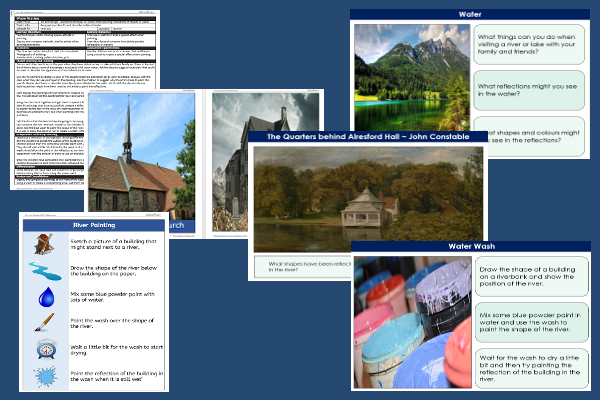
This art and design teaching pack for Key Stage Two gets the children to explore and implement some of the artwork techniques that can be utilised when painting reflections of different objects in water.
The class can practise using a water wash to create the impression of a reflection in a body of water such as an old building or copse of trees on a river bank.
Download this teaching pack including a lesson plan, classroom activities and an interactive presentation to explore and implement some of the artwork techniques that can be utilised when painting reflections of different objects in water
Activities in this teaching pack include display posters to identify and describe how artists have depicted a range of water reflections in their artwork and draw and paint the reflections of different objects that might be seen in bodies of water and a shared reading text to follow a set of instruction to test a technique about how to paint a reflection of an object that can be seen in water.
The interactive presentation can be used to explore and implement techniques that can be utilised when painting reflections of objects in water.
This lesson is part of an art and design scheme of work to get the children to explore and emulate techniques used by significant artists working in paint to create impressions of reflections seen in different bodies of water. There are teaching activities for shared learning, differentiated worksheets to support independent learning and interactive presentations to introduce concepts and key skills.
-
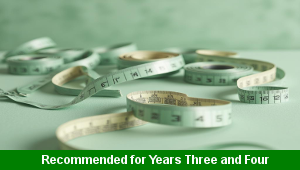
Length Calculations
Practise using number calculations skills for addition, subtraction, division and multiplication when solving problems related to length measurements
-
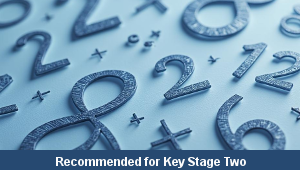
Maths Calculations Assessment
Assess abilities in solving a range of different number problems for addition and subtraction when working with informal and formal written calculations
-
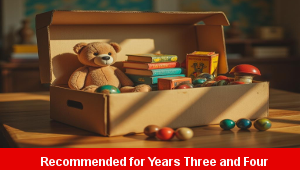
Determinant Lists
Explain and model how to make lists of objects used and found in different locations to match the correct determinants of a and an
-
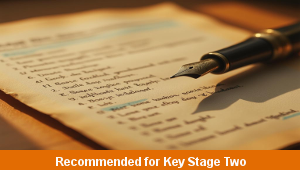
English SPAG Assessment
Assess abilities in composing sentences for fiction and non-fiction using the correct spellings, punctuation marks and grammar vocabulary phrases
